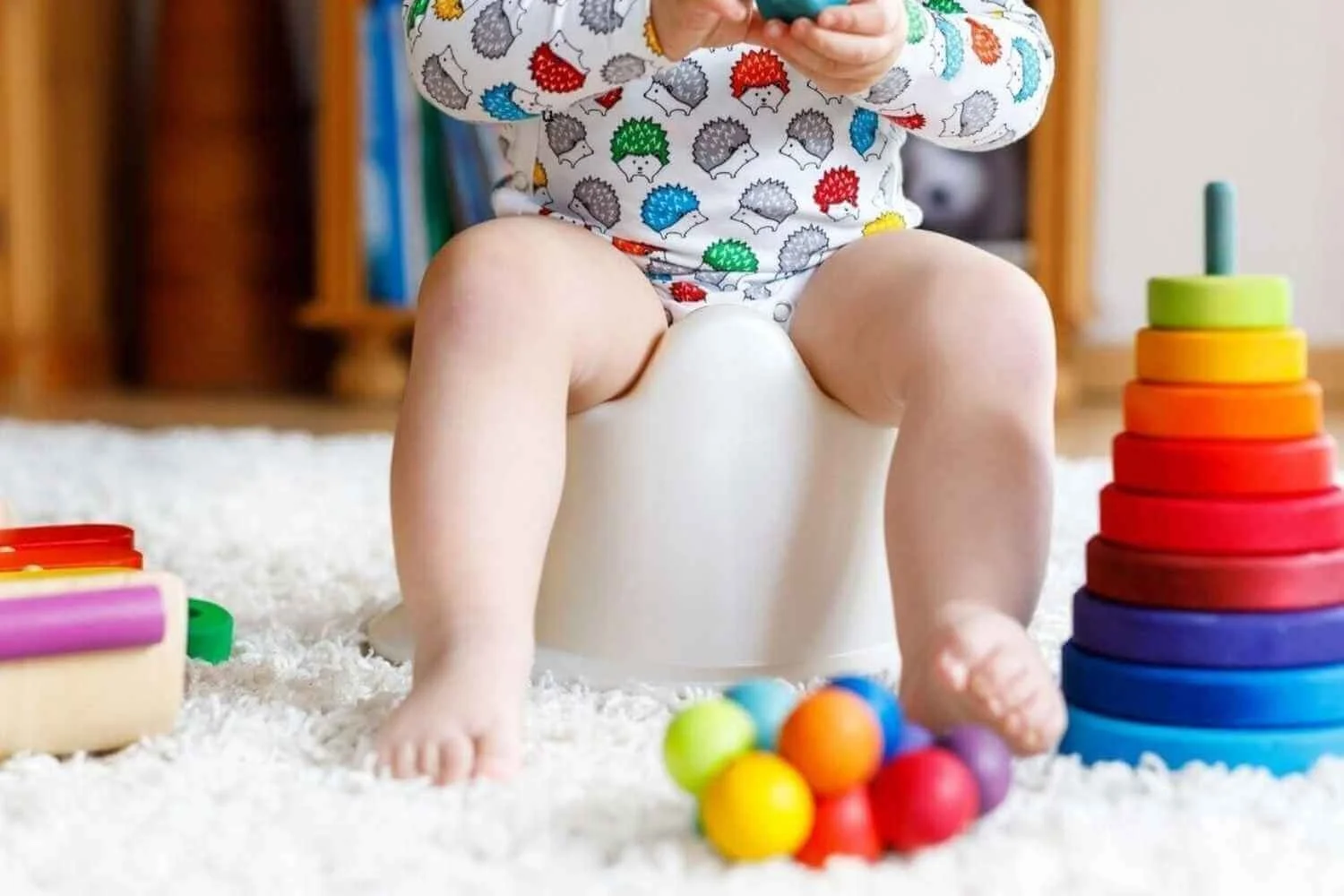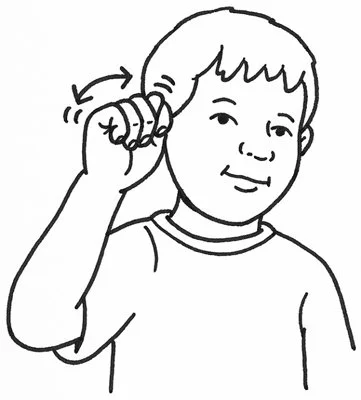Elimination Communication Made Easy
Elimination Communication has been a hot topic in the Born Free Community! It seems everyone wants to know more about pottying newborns. Many people think EC is crazy or impossible, but it is actually quite simple once you understand the science behind EC and how to do it.
I first learned about elimination communication when I was pregnant with my first child. I found Andrea Olsen’s (Go Diaper Free) Instagram account, and EC immediately made so much sense! The way Andrea explained it, it was a no-brainer! When my daughter was born, we gave EC a try, and we never looked back! At the time of creating this resource, I have been doing EC with my first child for 14 months, and I am about to start with my second child! It has worked really well for our family, and we are hoping to have our daughter out of diapers within the next few months.
What is Elimination Communication?
Elimination communication, or EC, is when parents or caregivers teach their babies (newborn - 18 months) to use the toilet by learning a baby's cues and patterns. Believe it or not, even newborn babies signal before they poop or pee. This is usually subtle, so parents will have to watch closely to see what their baby does right before they go. This can be a noise (crying, grunting, sighing), a facial expression (grimacing, smiling, squinting), or a body movement (thrashing, contracting). Most babies have similar cues, but parents will have to learn their babies’ specific language.
Babies also have patterns of when they will pee or poop. During the first few months of life, it can feel like babies are going nonstop. Keeping your baby diaper-free as much as possible in the beginning is a great way to learn what your baby does right before they go (their cues or signals) and when they go (their patterns). It is common for babies to go after they wake up, after they nurse, or at other specific times of day. These times are known as “easy catches” because parents can often catch a pee or poop in the potty without waiting for signaling from the baby.
The benefits
Save thousands of dollars on diapers
Prevent diaper rashes and infections
Increased cleanliness
Easy transition to pottying training
Completely out of diapers before 2 years old
When to start EC?
The easiest time to start is with a newborn! The earlier the better! It is possible to start EC with an older baby but it is usually more difficult the longer you wait. At around 18 months, babies are typically ready to start potty training to get out of diapers completely. This can happen even earlier if a family is dedicated to doing EC full-time. This timeline also depends on the particular child because every child has a unique personality and reaches milestones at their own pace.
It is best to start as soon as possible because when newborns aren’t given opportunities to use the toilet, they learn that our expectation is for them to use their diaper as a toilet. Does a newborn have the cognitive function to understand this? Not at first, but sometime within the first few months of life, babies will understand how to wait for the potty. Yes, they can hold their bladder! A common misconception is that babies don’t have the control necessary to hold their bladders or the cognitive function necessary to know how and when to relieve themselves. The truth is, babies will wait for the potty if that is what they are taught by their parents. If a baby is never put on the potty and only knows using their diaper of course they will poop or pee whenever they get the urge!
The longer introducing the potty is delayed, the more difficult potty training will be. By not offering the potty, parents are teaching their children that the expectation is for them to use their diaper instead of the toilet. Then all of a sudden, at 2 or 3 years old, the expectation changes, and children are told that they must use the toilet instead of their diaper. Some children have a difficult time with this, and it can make potty training stressful for the parents and the child. Starting EC as early as possible can prevent any potty training headaches by teaching children to use the potty early on and having the diaper as a backup option instead of their main toilet.
How to start EC
EC does not have to be complicated! With these simple steps you will be on your way to catching poops and pees!
Observation stage
This can start immediately after birth or whenever you decide to start EC. Keep the baby diaper-free as much as possible so you can see immediately when they go and watch what cues or signals they make before they go or right after they go. You will also eventually notice a pattern of when they go. During diaper-free time you can keep the baby on a chux pad or towel.
Start catching
If you notice a cue or pattern, offer your baby the potty! Sometimes we can get an intuitive feeling or phantom pee sensation (when it feels like the baby peed on you, but they are dry). If this happens, trust your gut! You can randomly offer your baby the potty, but I find it is better to only offer when you think they will actually go. This will help you learn their cues and patterns better.
At first, focus on catching poops and pees to build your confidence and get you excited about doing EC. Don’t expect to catch 100% of your babies poops and pees. Typically, it will take a few months to be able to do EC full-time. Keep your expectations realistic and have fun with it! Soon you will feel confident in your EC abilities and your baby will learn that you will provide them with opportunities to use the potty, so they will eventually hold their bladder or bowels.
It can help to make a “pss” sound to encourage you baby to pee or a grunting sound to encourage your baby to poop. This is a way to build sound associations when you are starting EC.
Newborns
During the newborn stage, you will have to use a top hat potty or hold your baby over the toilet because they cannot sit independently on the toilet.
5 months
Once your baby can tripod sit or sit independently, you are ready to upgrade them to a floor potty or toilet seat reducer.
Talking and sign language
When your baby develops more advanced communication skills, it will be easier for them to tell you when they have to go. Sign language is a great tool because often babies can sign before they can speak. Every time your baby uses the potty do the sign for “potty’ or “poop” and say “baby is using the potty” or something similar. This will help build an association between signing, words, and actions.
Crawling and walking
When your baby becomes mobile, sometimes they will crawl or walk into the bathroom or towards the potty when they have to go. Soon they will develop the motor skills to pull down their pants, but they will probably need help wiping for a while!
Every baby is different, and every family has different needs and priorities, so you will have to figure out what works best for your situation. EC is simple, but it does require time and dedication.
I want to emphasize that EC isn’t all or nothing. Many EC parents choose to do EC part-time for a variety of reasons. It depends on what works best for your family. Even if you only catch a few pees a day or only focus on catching poops that is still money you are saving on diapers and poopy diapers you don’t have to change!
We do EC full-time during the day and use a cloth diaper as a backup. Sometimes we will put our baby on the potty in the middle of the night if it is obvious she needs to go, but sleep is the priority for our family, so usually I will just nurse her back to sleep. When we are out of the house, I use a portable toilet seat reducer or bring a small baby potty for her to use.
I hope this Free Resource showed you how simple EC can be! Sign up for our newsletter to get alerted when new Free Resources launch and stay in the loop with everything Born Free Family! Learn more about elimination communication and newborn care in the Knowledge is Power Birth Prep Course.










